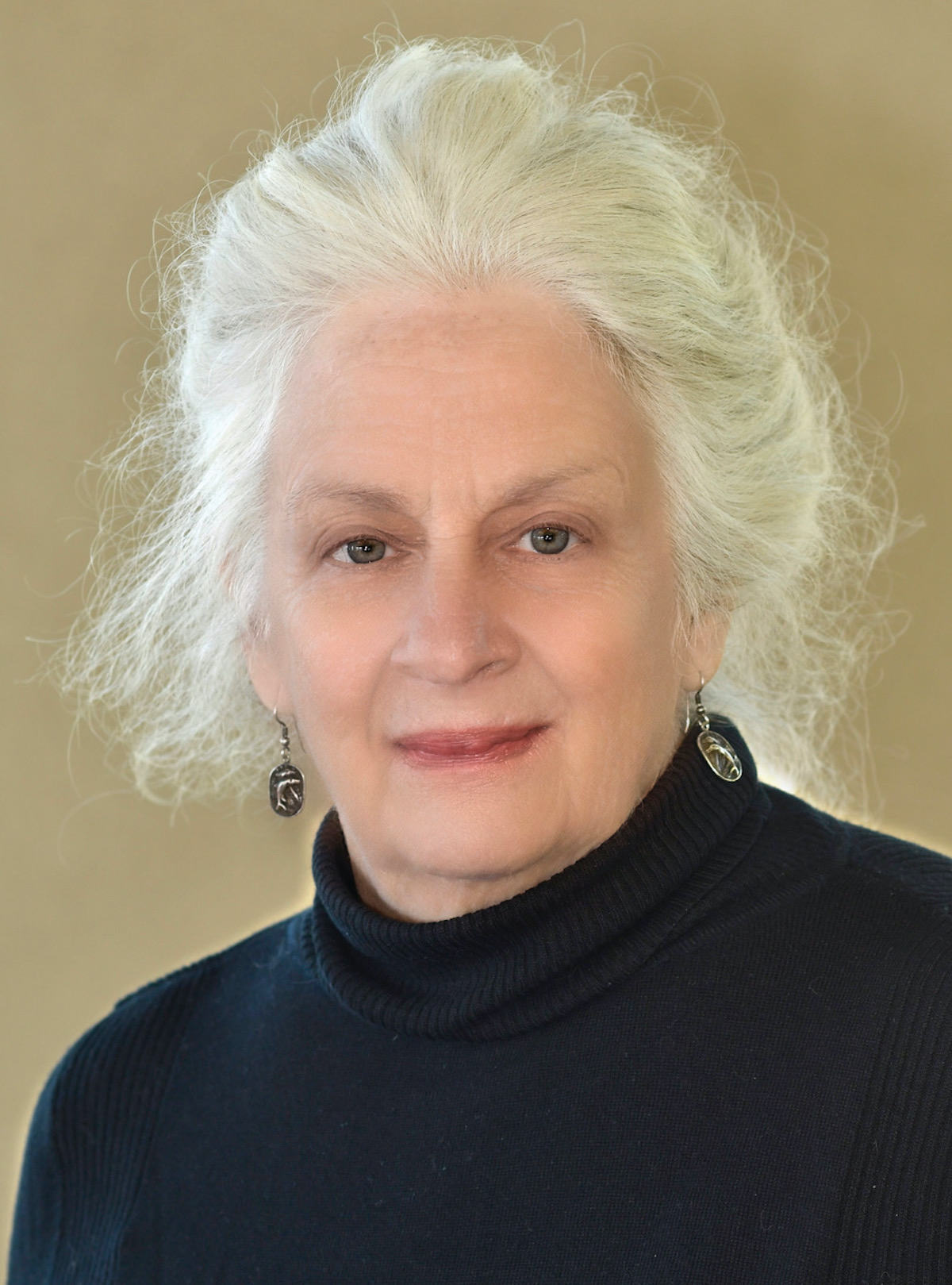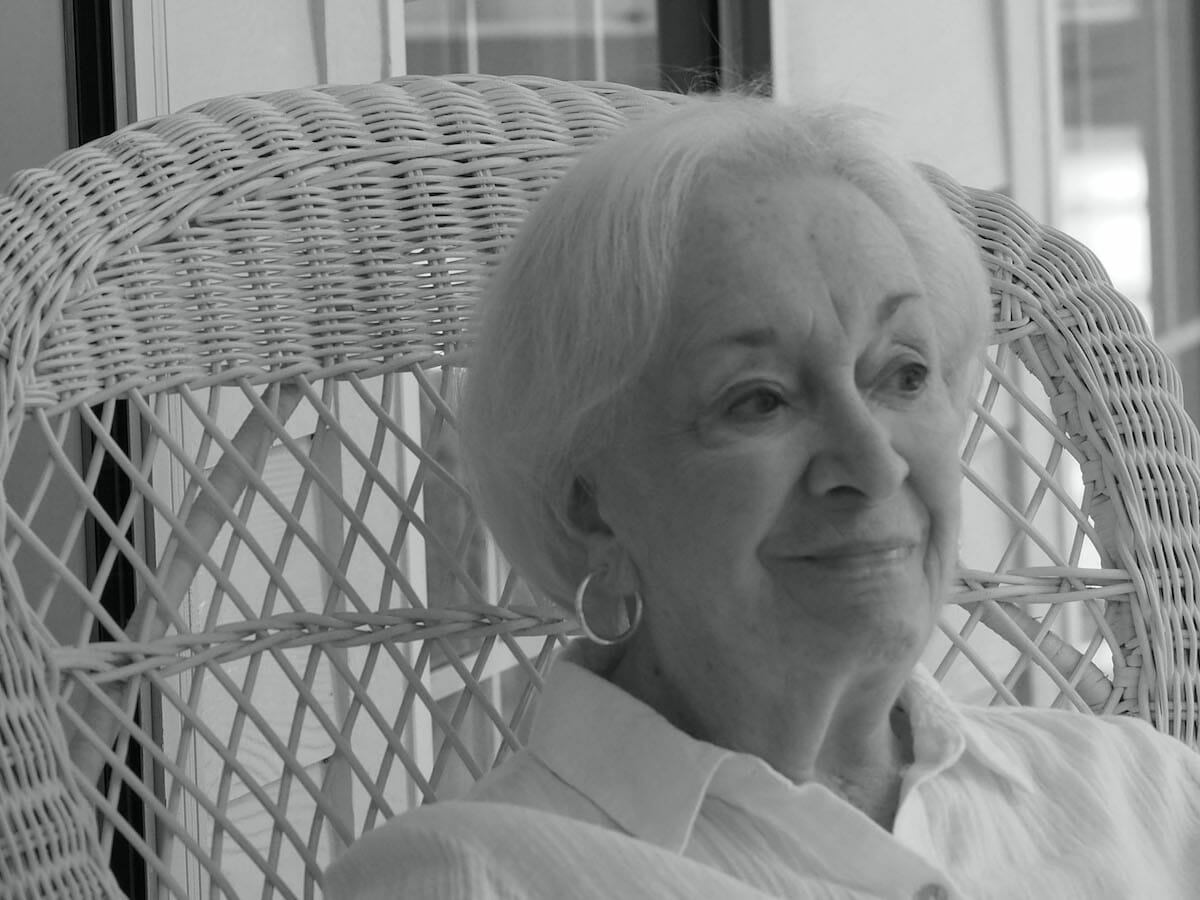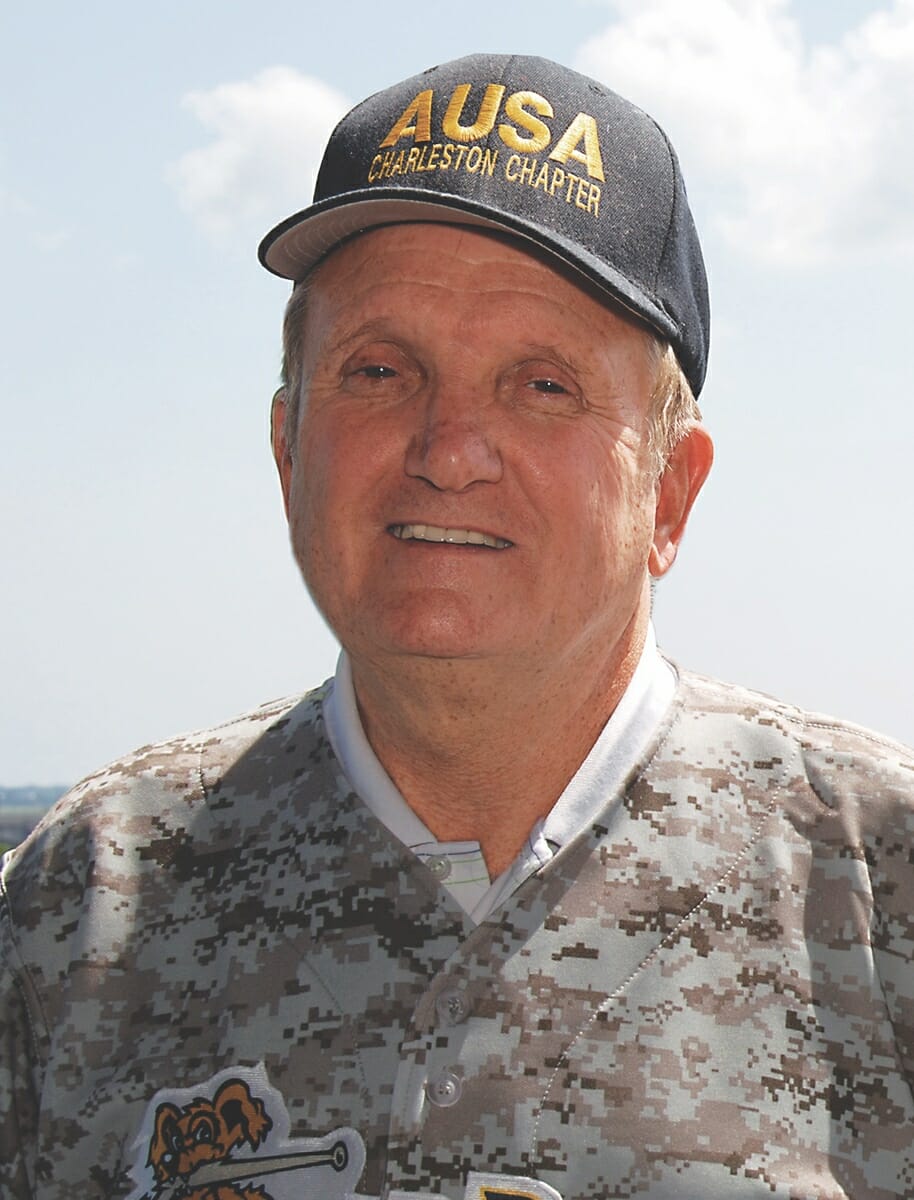By Scott Graber
It is Sunday and I’m sitting on my damp, waterlogged deck looking out on an impossibly green carpet that is my rain-revitalized yard.
This morning I have a digital version of the Charleston Post and Courier that tells me Charleston — formerly the No. 1 tourist destination in America — has fallen to No. 3. Roughly 180,000 respondents have said they prefer Santa Fe (No. 1) and New Orleans (No. 2) when it comes to spending their vacation dollars.
Having walked Charleston’s narrow alleys, sat on its double-porched piazzas; and inhabited its honey-suckled gardens, I turned to Steve Hanson.
Hanson, a recent refugee from downtown Charleston, is now my Port Royal neighbor. Hanson’s first memories are playing on his grandmother’s piazza at No. 43 South Broad Street. In those days (right after World War II) he was tended to by his mother, and his great aunt — Elizabeth O’Neill Verner.
Verner was an artist, author and preservationist who was one of the leaders of the “Charleston Renaissance.” Verner, who died in 1979, detailed Charleston’s unique heritage in her black and white etchings — Dock Street, the Old Exchange, the basket makers still found at the corner of King and Meeting streets. In times past, few tourists departed Charleston without several of Verner’s prints.
And yet, Hanson, no longer lives in his Ansonborough carriage house. He has forsaken Fig, Hank’s Seafood and the charcuterie plate at Slightly North of Broad ($19). He has retreated (to Port Royal) in the face of 8 million tourists who now invade Charleston’s ancient precincts each and every year.
“When I was growing up, there was only one (horse drawn) carriage — Mr. Wagner — who always wore a top hat. Now, when I leave my house and turn onto Wentworth Street there are three carriages in a row. The carriages charge $50 a person and carry 16 tourists. And, believe me, Charleston needs this money to feed the beast.”
“Feed the Beast?”
Charleston is sinking and is (currently) installing pumps, pipes and huge underground reservoirs to contain the water that comes over the sea wall.
“Notwithstanding the flooding there are new hotels — on almost every corner — when an investor builds he needs tourists to fill those beds, to eat their charcuterie in the new restaurants. In 1974, when Joe Riley became Mayor, he looked around and didn’t see any economic driver except tourists and tourism.”
Shortly thereafter,the Yorktown Aircraft Carrier was towed to Charleston. In 1983 Riley proposed a waterfront Aquarium and the Mayor’s first downtown hotel and convention project was Charleston Place in 1986.
What was the signature Charleston experience — the boat trip to Fort Sumter — has been replaced by a dining and drinking experience along upper King Street — an area once characterized by crime and empty store fronts.
Now, Charleston has its own Bourbon Street and, for a time, Johnson and Wales (food college) graduates provided the sous chefs, the small plate menus and the staff trained to placate the demanding tourists.
But what about the well-mannered, well-bred, long-term residents who lived in those ancient antebellum mansions on Beaufain, Legare and East Battery streets? What about those South of Broad people who belonged to the St. Cecelia Society and walked home (from their law offices on Broad Street) for their 2 p.m. lunch?
Are they gone?
“Yes and no,” Hanson says. “Many, like me, have left the City because of the traffic, the cruise ships, the fact that you have to make a dinner reservation a month in advance. But the houses — the maintenance of those old houses, is so expensive that many of the natives have been priced out.”
“Some of these people have been in the same house for 15 generations, sitting on chairs and eating off china that belonged to their rice-growing ancestors.”
Kit Bruce, another Charleston refugee, believes that many of the older homes are now owned by corporations — corporations that don’t usually include children, dogs or the bicycles left in the front yard.
When I was a cadet at The Citadel I dated an Ashley Hall girl and took that young woman to the Question Mark Dance. And though naive and untutored, I knew that these people were still attached to their rice-growing, cotton-exporting, slave-connected past.
I suspect that some of the 8 million tourists want to meet those people who have dwelled in the same house since 1820; hear that accent; and engage this lost tribe.
But they’re too late. They will have to make do with Light Dragoon Punch at Husk.
Scott Graber is a lawyer, novelist, veteran columnist and longtime resident of Port Royal. He can be reached at cscottgraber@gmail.com.







